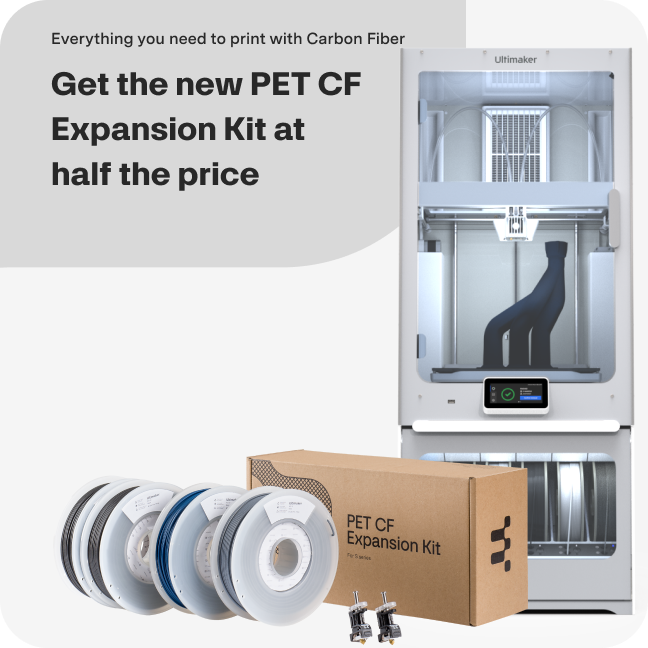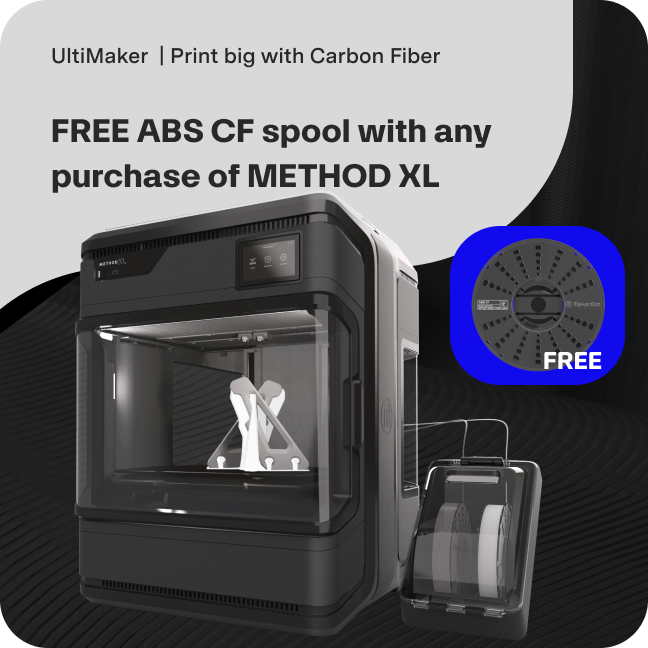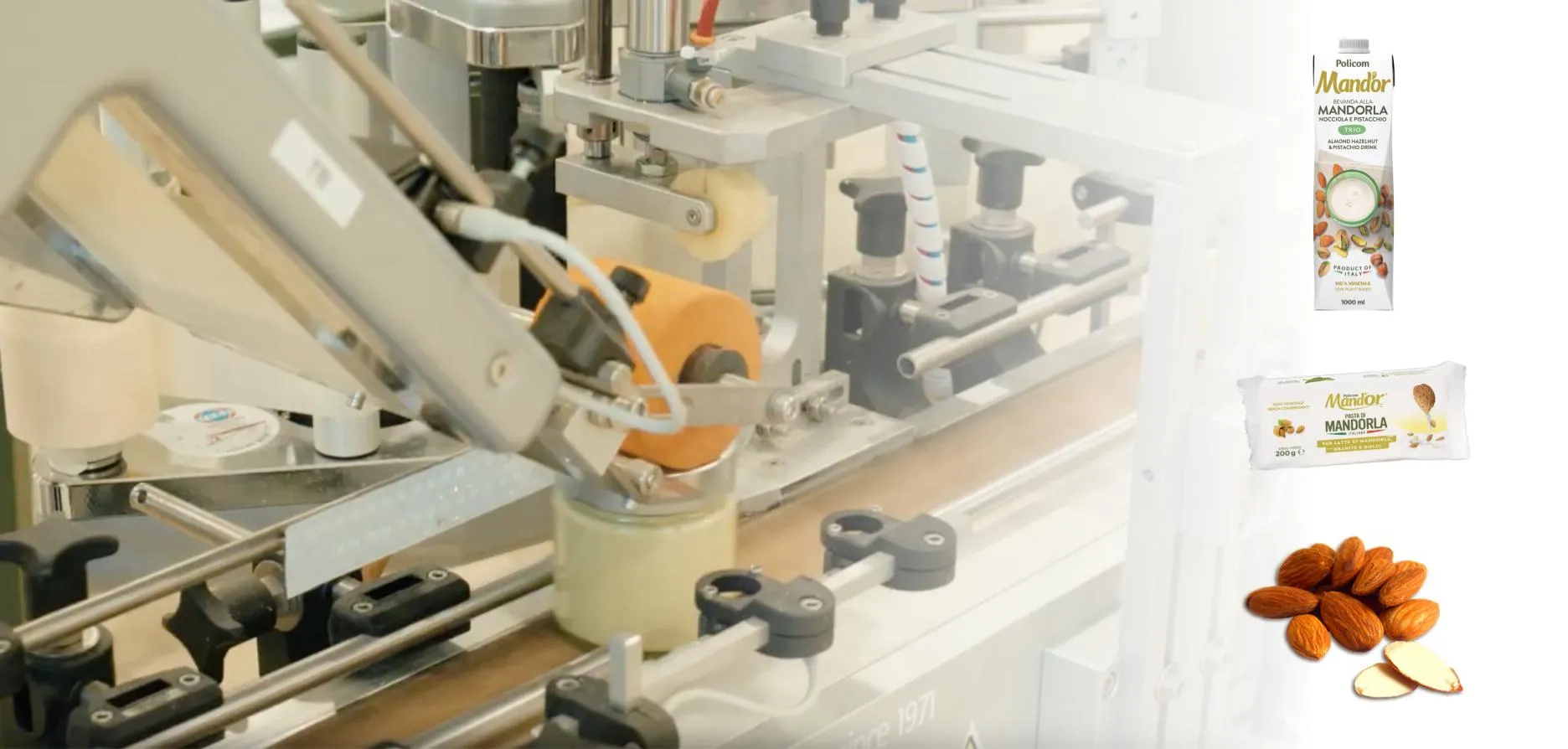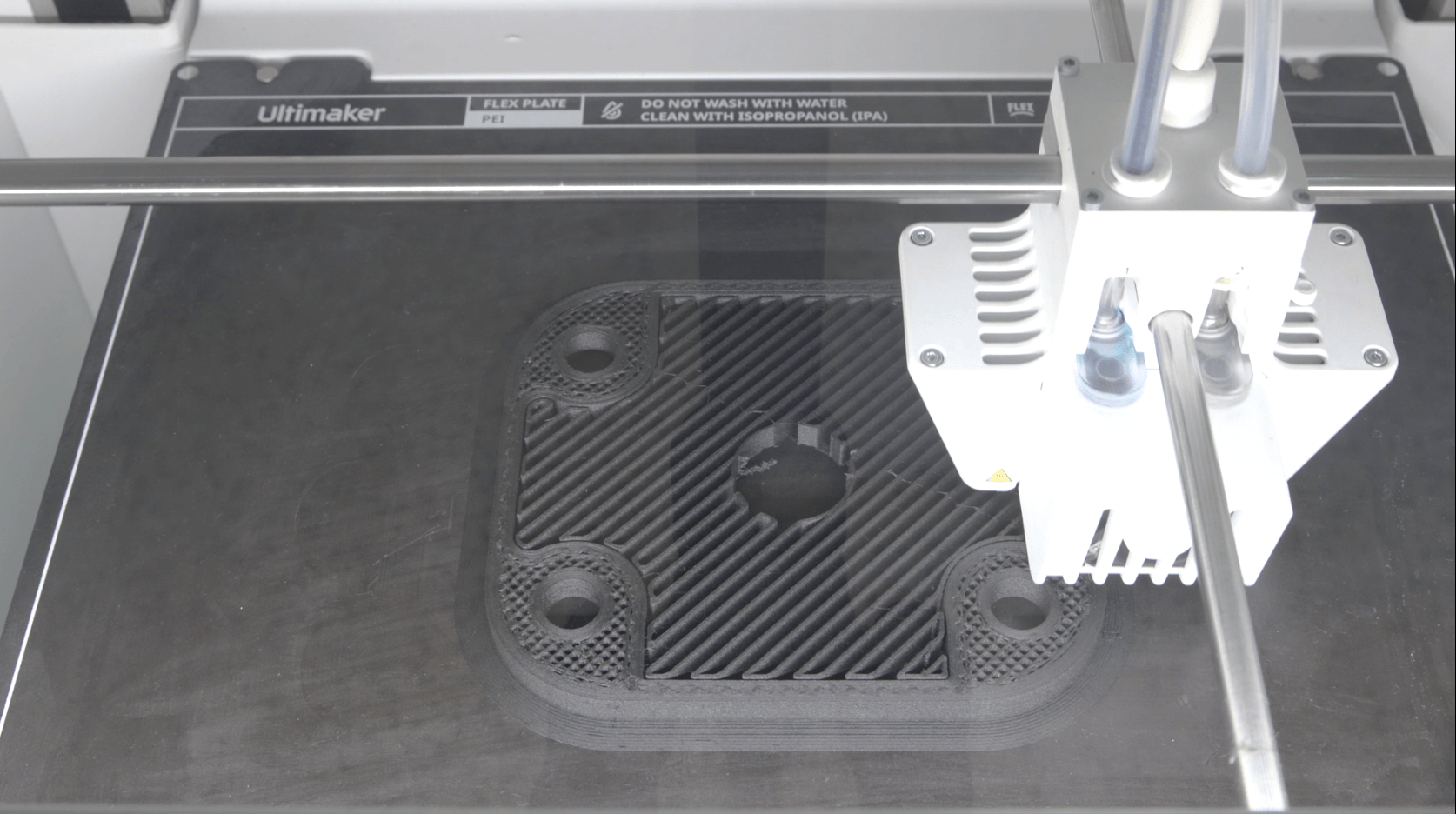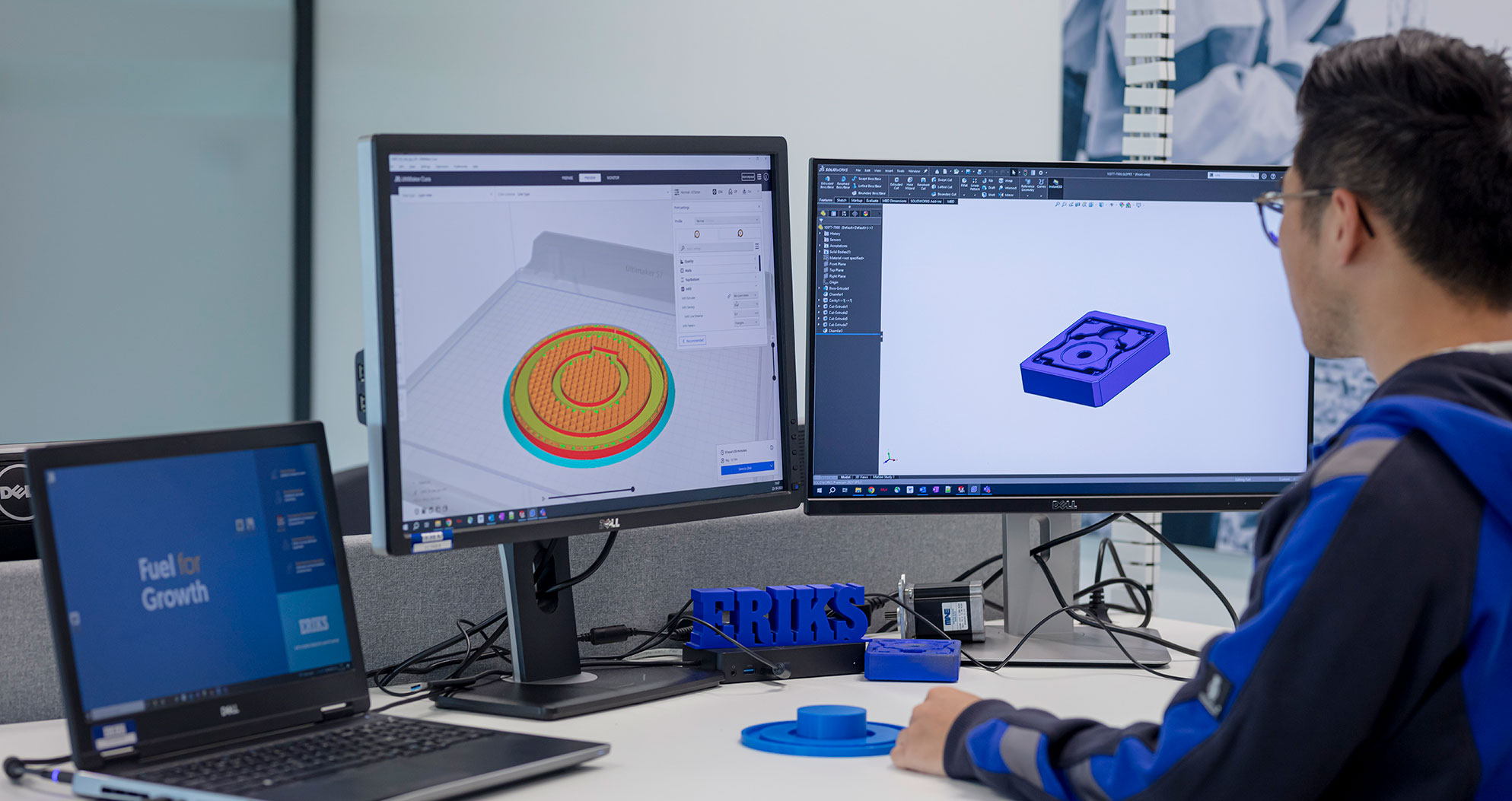Composites are a category of materials that encompass a large number of different properties and use cases. And even within carbon fiber composites, you can get vastly different results depending on the specific material you choose. In this article, we will take a look at the different UltiMaker carbon fiber composites available and help you decide which one is best for your needs. First, let’s look at which characteristics all the UltiMaker carbon fiber materials share.
The pros and cons of 3D printing with carbon fiber
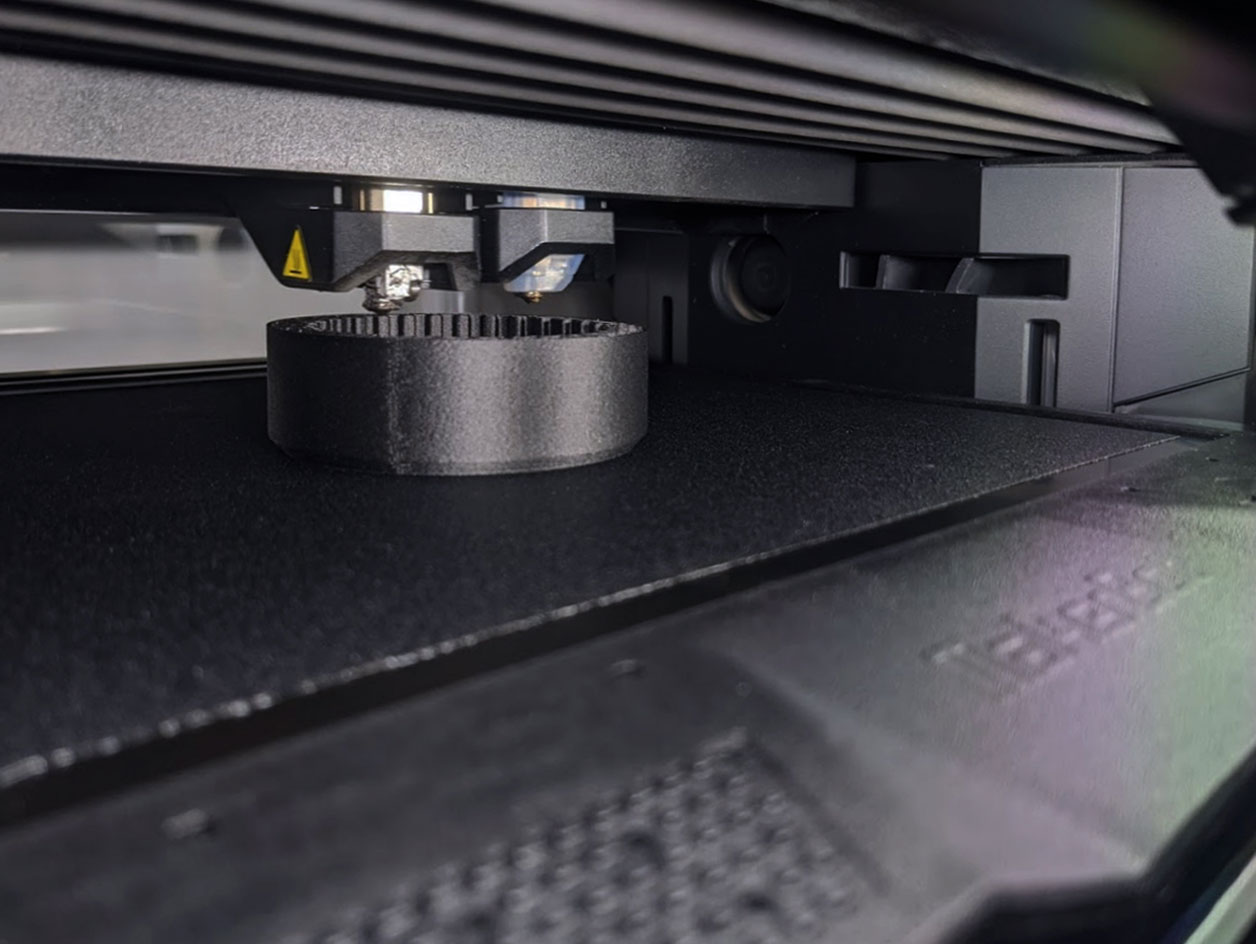
Carbon fiber has long been a popular material due to its high strength-to-weight ratio. As a result, it is often used in high-performance (and high-cost) applications such as aerospace, automotive, and sports equipment. However, pure carbon fiber is a difficult material to work with and therefore expensive.
Enter carbon fiber-reinforced composites. Made by adding chopped-up carbon fibers to a polymer, you can maintain many of the benefits of carbon fiber, while also inheriting the beneficial properties of the material it is combined with. This process works similarly to combining two metals to make an alloy.
Carbon fiber composites as a category are useful for many reasons but the most notable is that it makes it possible to print carbon fiber parts using a standard desktop 3D printer such as those made by UltiMaker. As a result, UltiMaker offers four carbon fiber composite materials across our two professional 3D printer lines, alongside the many compatible third-party materials. Let’s take a look at the properties they all share before diving into each one individually:
High performance at an accessible cost
The exact properties of a carbon fiber composite vary based on the polymer it is combined with but they almost all have high strength and/or stiffness characteristics. Especially when compared with its constituent polymer on its own. 3D printing makes carbon fiber parts more cost-effective than ever but the increased performance still comes at a cost. Carbon fiber composites are more expensive than entry-level 3D printing materials such as PLA or PETG. However, they are still cheaper than other more specialized materials, and UltiMaker carbon fiber materials, in particular, present an excellent price-to-performance offering.
Aside from the cost, the only other thing to be aware of when printing with carbon fiber is that the fibers themselves are abrasive, meaning a specialized nozzle is required. This is why the CC print core is required when printing on S series printers and the 1C extruder is needed on Method series printers.
A beautiful matte finish
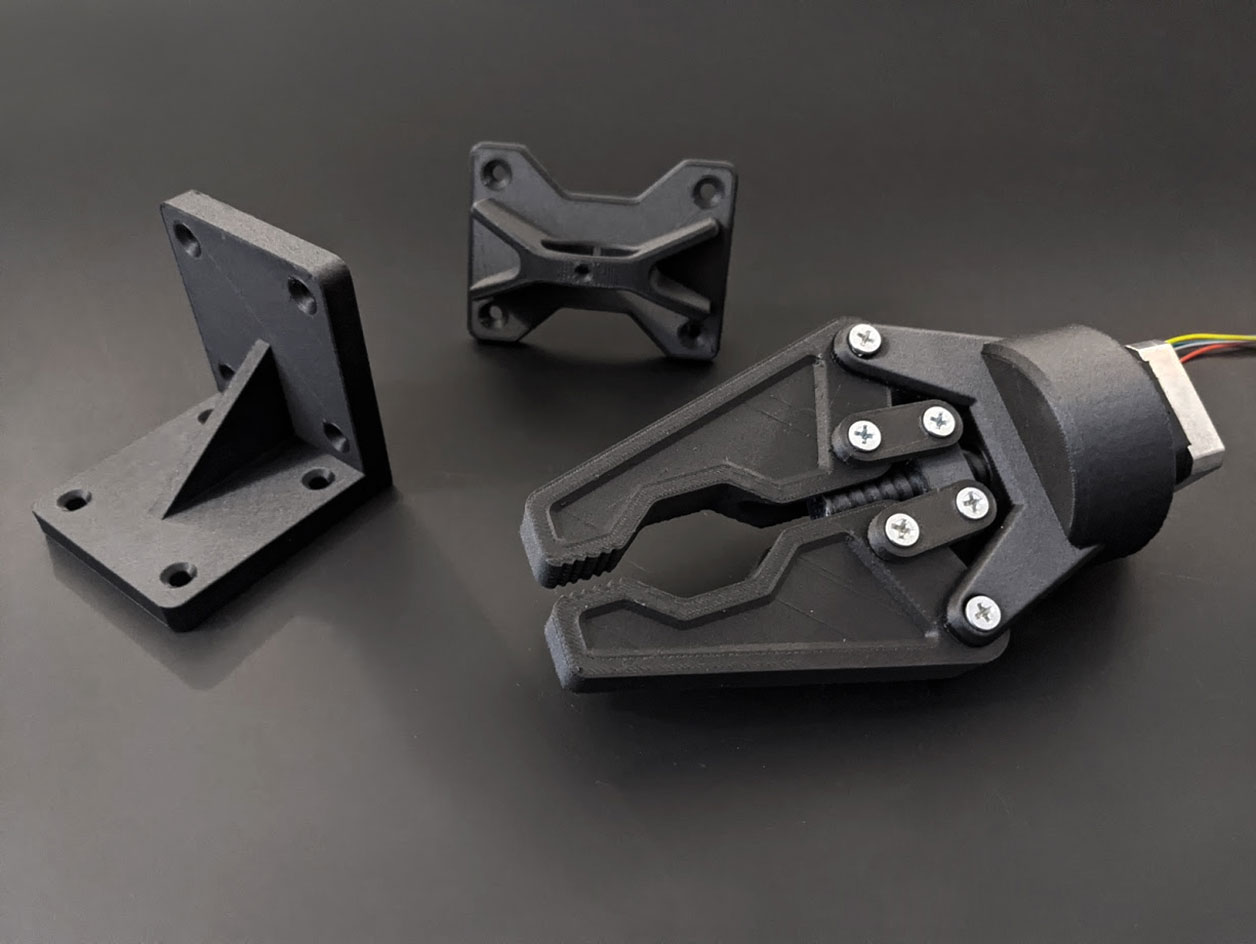
One of the less obvious benefits of carbon fiber composites is that your final part will have a clean-looking matte finish that gives them a pleasing visual identity and helps to counteract one of the aesthetic drawbacks of 3D printing, layer lines. Layer lines are significantly less noticeable on parts printed with any of the UltiMaker carbon fiber composites, making them a surprisingly good option for visual or proof-of-concept prototypes, as well as end-use parts.
Which UltiMaker carbon fiber composite is best for you?
Each of the carbon fiber composites offered by UltiMaker has its own strengths meaning that if you need a high-performance material, you should have no problem finding one that meets your needs.
PET CF
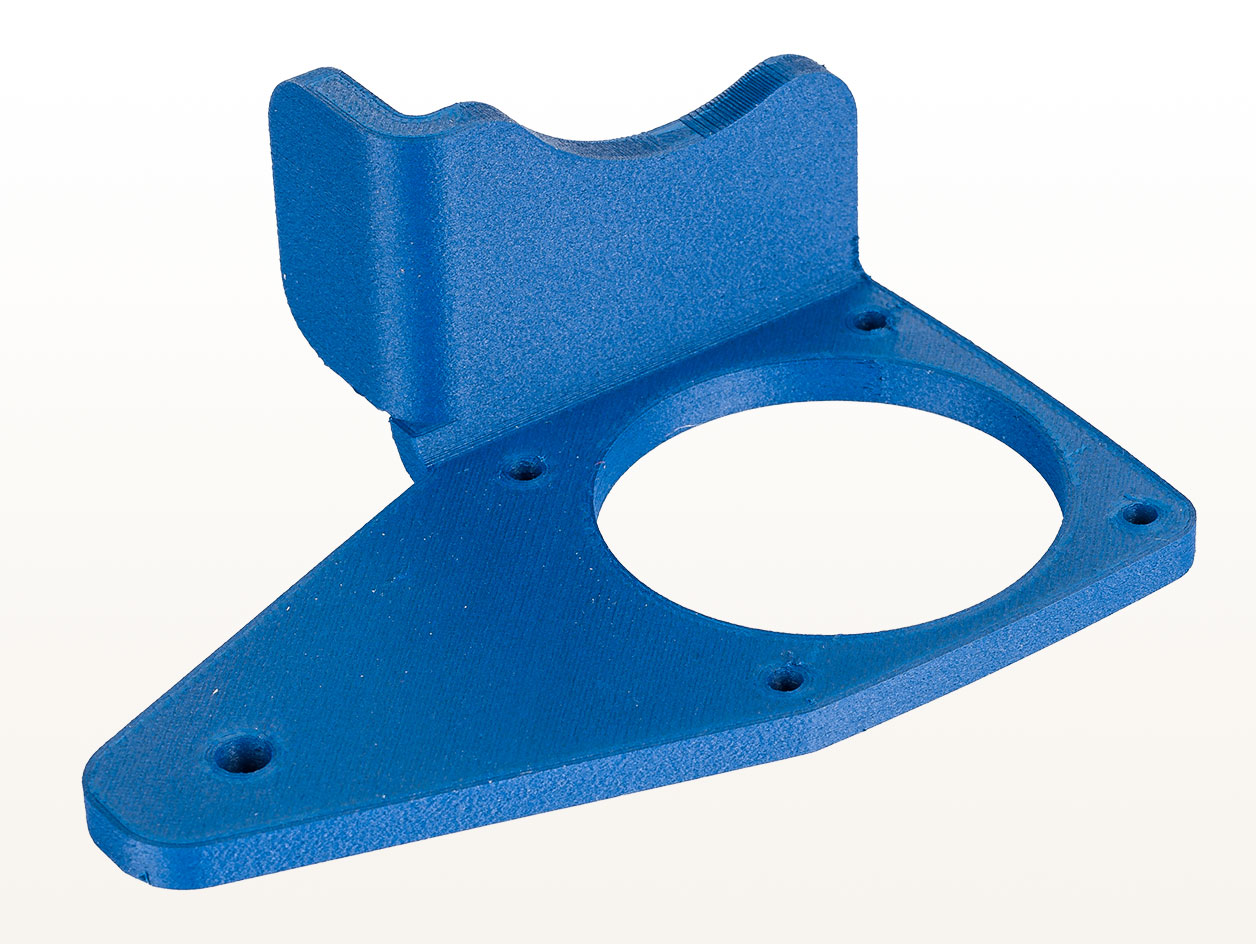
PET CF is the newest in UltiMaker’s range of composites and the first available on S series printers. It offers the high strength, stiffness, and temperature resistance needed for performance applications, with the added benefit that all of those properties can be enhanced by annealing your printed part. The annealing process will improve the temperature resistance of your parts from 80 °C to a phenomenal 181 °C, while also increasing their strength by 30% and stiffness by 10%.
PET CF also has low moisture sensitivity and high reliability, making it significantly easier to print than other third-party composites. Finally, this is the only composite that UltiMaker offers which comes in multiple colors. Alongside the usual black, you can also choose blue and gray options.
ABS Carbon Fiber
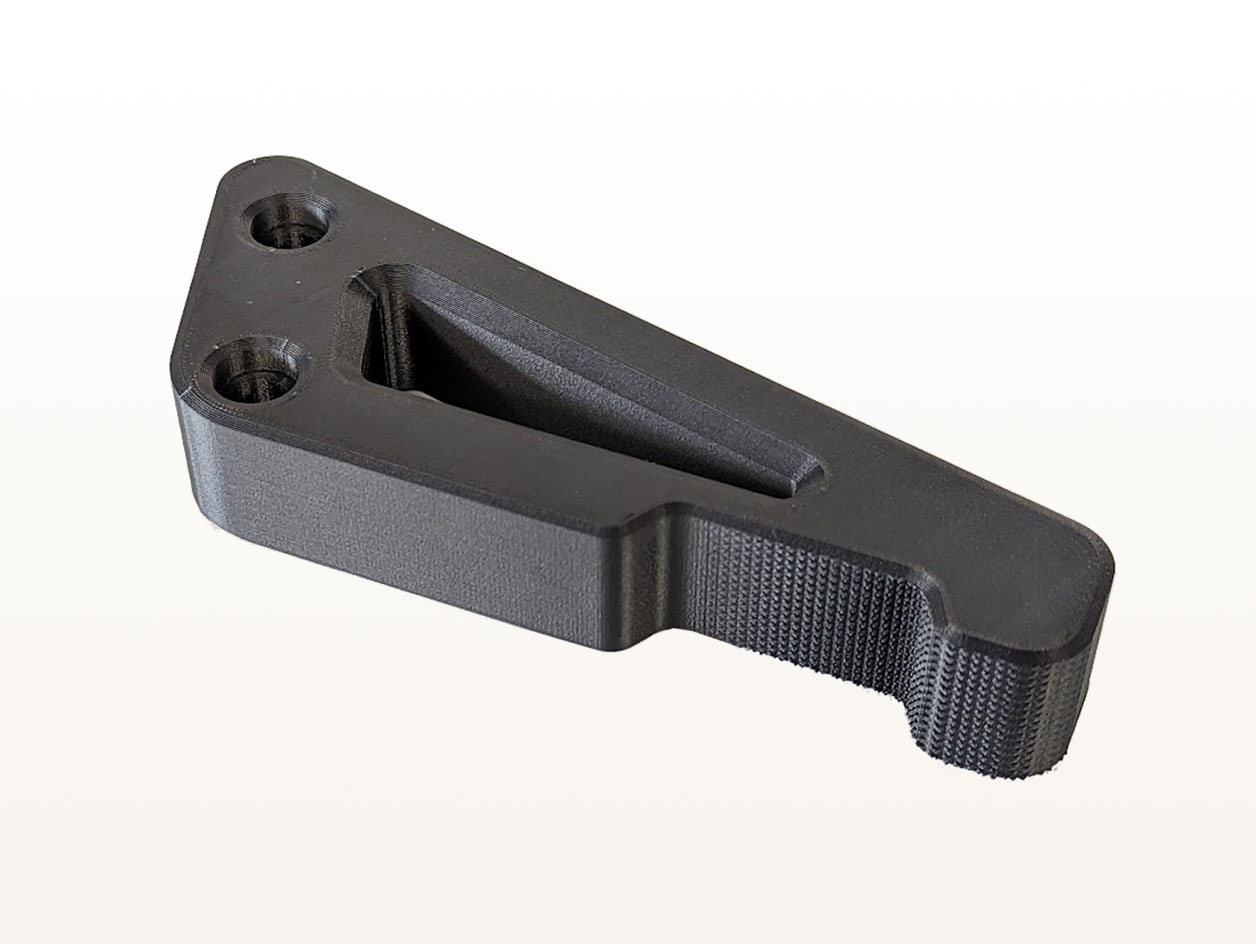
ABS Carbon Fiber combines the reliability of ABS on the Method series with the performance of carbon fiber, meaning it’s significantly easier to print than most third-party composites while still retaining many of the advantages. ABS Carbon Fiber is even easier to use because it’s also the only composite on the Method series that is compatible with the RapidRinse support material, opening up limitless design flexibility with easy and convenient support removal. This makes it a great candidate for when multiple experimental design iterations need to be made over a short period of time. ABS Carbon Fiber stops you from worrying about failed prints and lets you focus on design innovation.
Nylon Carbon Fiber (Nylon 6/66 blend)
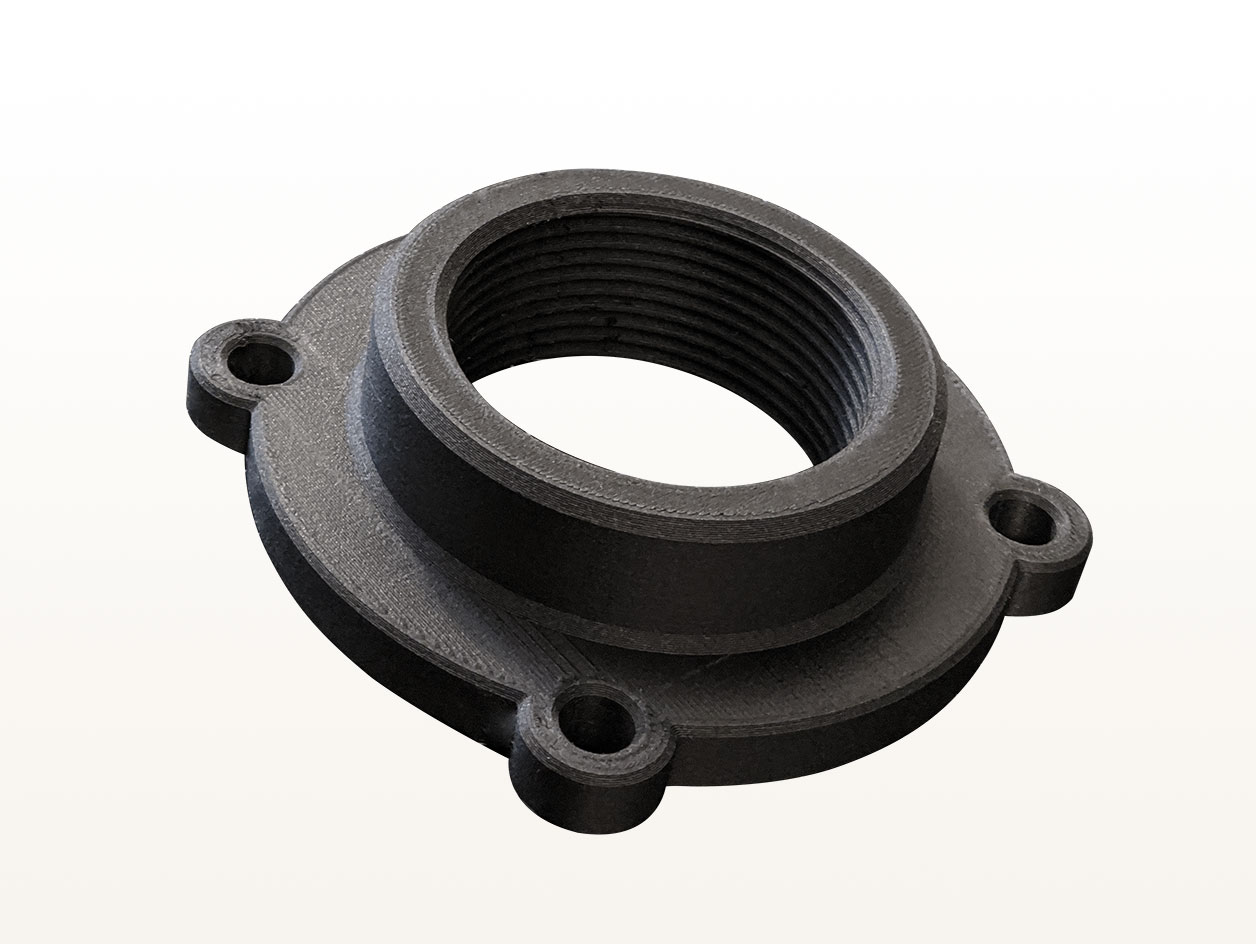
Nylon 6 carbon fiber has the high strength characteristics of other carbon fiber composites but the main thing that sets Nylon 6 Carbon Fiber apart is its insanely high heat deflection performance. It is capable of withstanding temperatures of up to 184 °C, which is over 100 °C higher than ABS and is even higher than that of PET CF parts after they have been annealed. That makes it the perfect material for any situation where heat resistance is important such as in automotive or industrial applications.
Nylon 12 Carbon Fiber
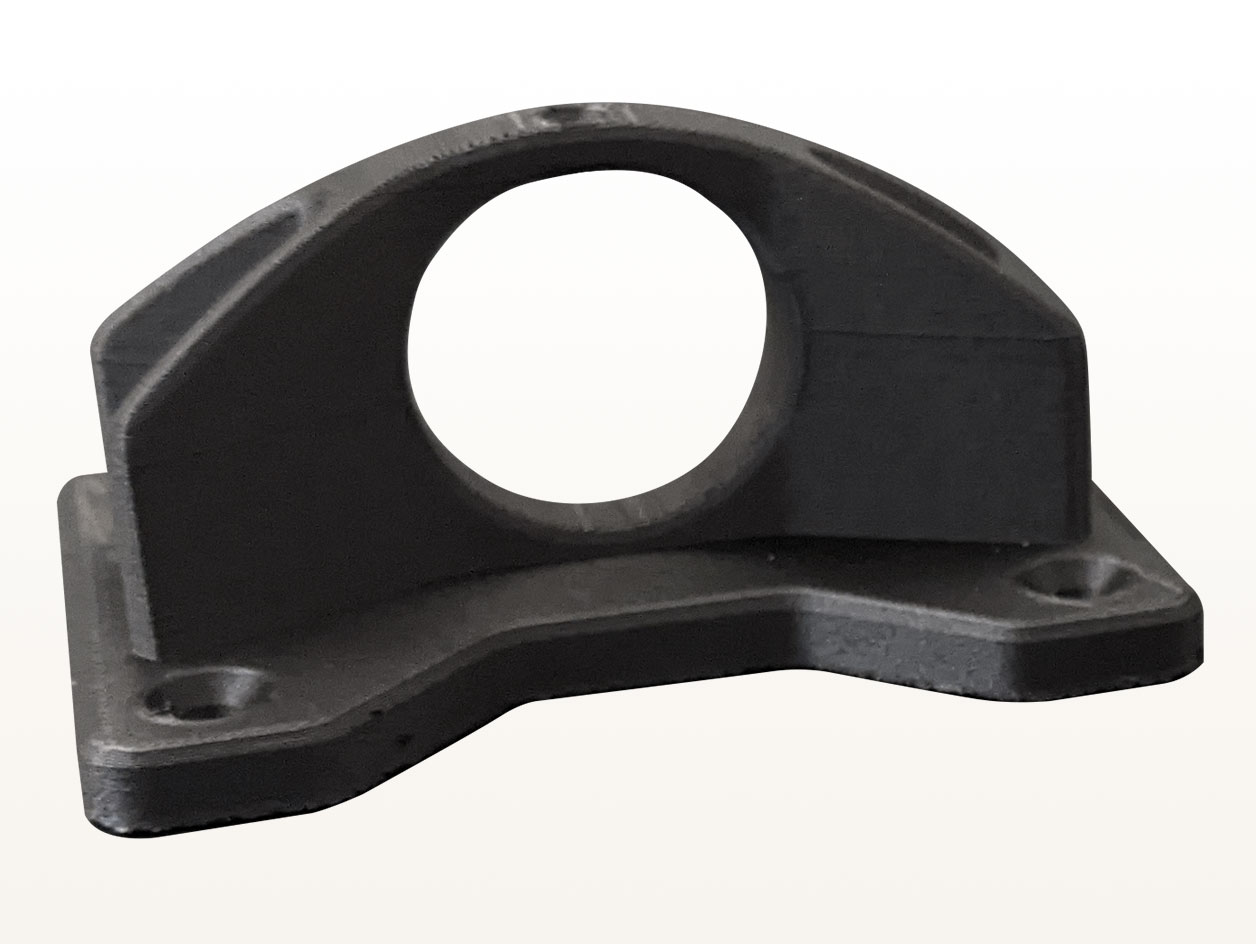
The major benefit of Nylon 12 Carbon Fiber is that it is resistant to moisture uptake, making it easier to print and giving the printed part a cleaner final appearance without the need for post-processing. The tradeoff for that increased ease of use is that it has a lower heat resistance than Nylon 6 Carbon Fiber, although still a higher thermal resistance than ABS Carbon Fiber or PET CF before it is annealed.
We hope the above information has helped you choose the right material for you. If you want more info on printing with carbon fiber, including information on specific applications you can use carbon fiber for, download the UltiMaker carbon fiber applications guide:
Download now
Ready to start 3D printing with carbon fiber?Take advantage of one of our offers today:






























